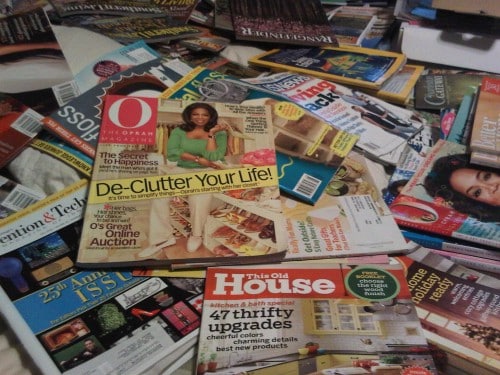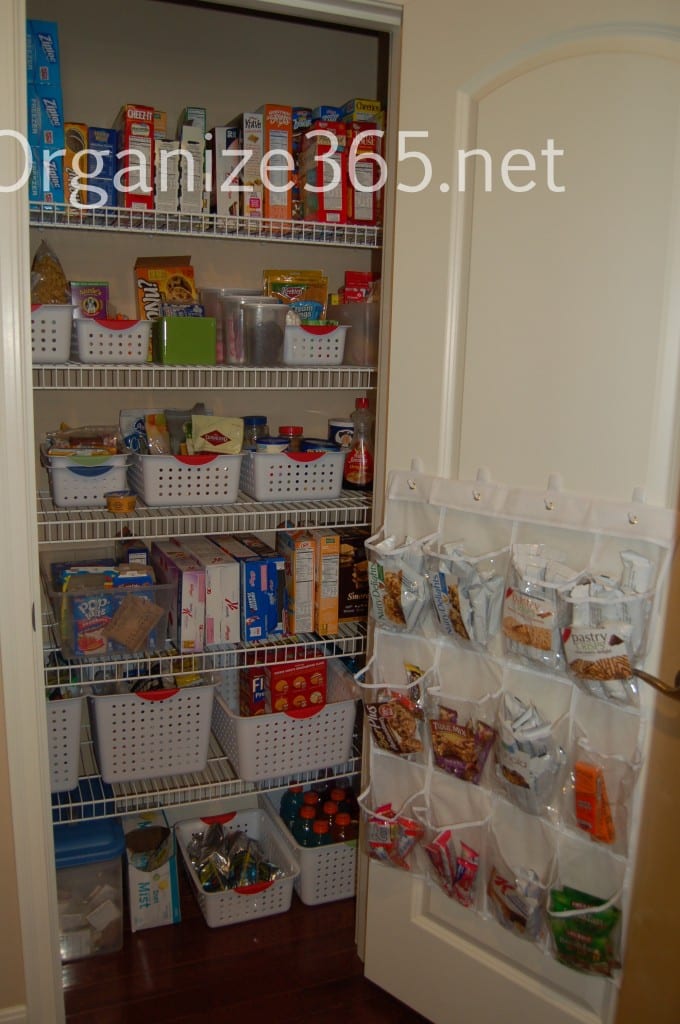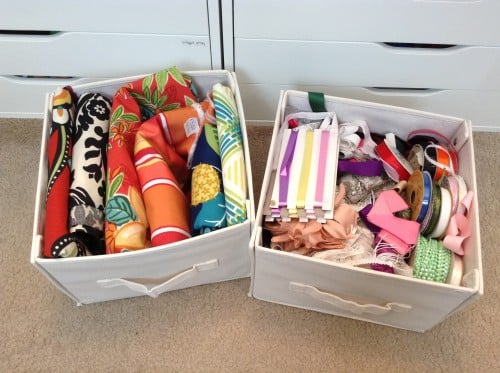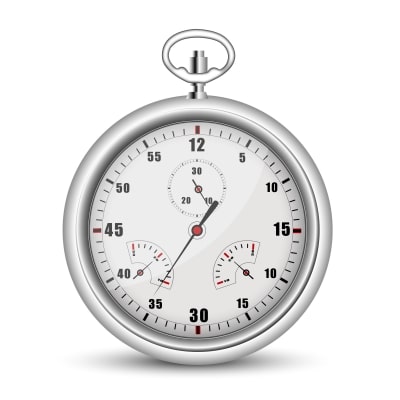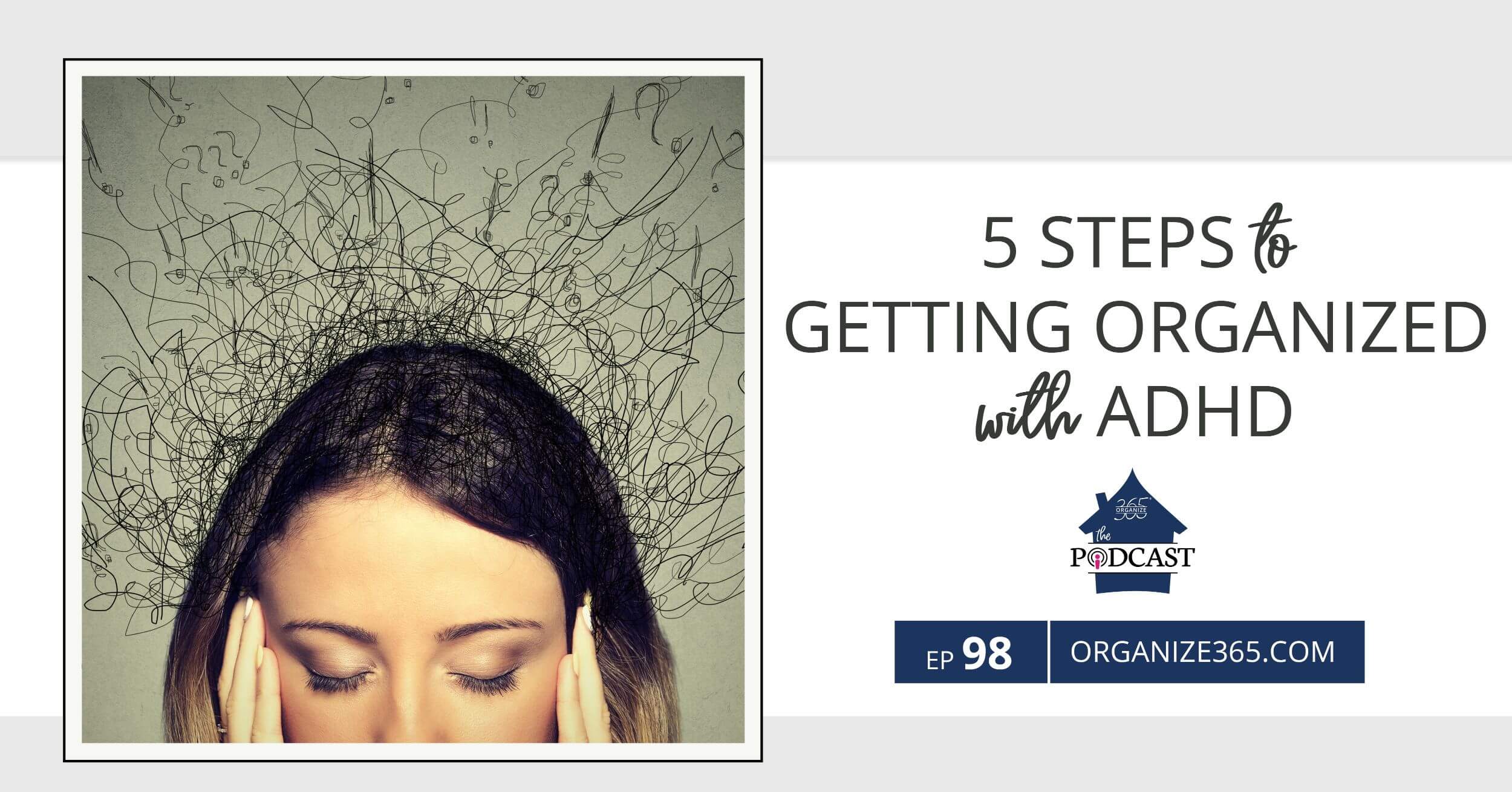
TOO often when women call me asking me to help them get organized, they end up whispering to me… um, well… “I have ADHD,” or “I’m depressed,” or “I can’t stay focused.”
Women feel like they are broken if they can’t do this organization thing on their own. Let’s talk about ADHD and “disabilities.”
DIS-ability definitions
Now, there are a lot of different disabilities. I’d like to address the definition of a disability first. What is the difference between a DIS-ability and an ABILITY? I think it depends on your point of view and the task to be completed.
Just for the record… life-changing discoveries are often made by people who society would define as having DIS-abilities.
According to NSCC Disability Services, Albert Einstein didn’t learn to talk until he was four, couldn’t learn to tie his shoes, and was way behind his classmates in learning to read. Some say he may have had Asperger’s Syndrome.
Last night, I just read the biography of Dave Longaberger, who started the Longaberger Direct Sales Company.
In 1934, a fifth child was born to J.W. and his wife Bonnie—Dave Longaberger. Early in life, Dave had three strikes against him. His family was economically disadvantaged, he stuttered so badly people had difficulty understanding him, and he had epilepsy at a time when the condition was not widely understood.
Dave’s liabilities did not stand in the way of his ambition, however. As a youngster, he worked in a grocery store, shoveled snow, delivered newspapers, mowed grass, and hauled trash. He ran the projectors at the local movie house, too. Because Dave was always making money from one job or another, his family called him the “25-cent millionaire.”
At age 21, Dave finally graduated from high school.
It seems like having a disability is almost a prerequisite to the Presidency of the United States. George Washington, Thomas Edison, Thomas Jefferson, John F. Kennedy, Benjamin Franklin, Walt Disney, Alexander Graham Bell, and more had disabilities. Source Can you imagine the world without electricity, our Constitution, the telephone, or Disney World? Me neither.
List makers like me to blend into the tapestry. So if this describes you, take heart. I am in awe of your ability to see outside of the box.
Disabilities and organization
Unfortunately, this world operates on time clocks, schedules, and routines. Here are 5 tips to help you stay organized.
I think you’re reading this post because you WANT to be more organized. So now that we have established that your creative chaos is amazing, let me help you see inside of the box for just a minute.
Boxes CAN be good.
In my experience as a professional organizer, creative types – also often labeled as disabled – have a hard time creating systems and boxes to organize stuff into.
But, if the boxes are explained to them and customized to their way of thinking, they LOVE the boxes!
Let’s use a pantry as an example. Many organize pantries by organizing the boxes of food. However, I try to take EVERYTHING OUT of the boxes and put them in a few colored bins.
I will commonly create a bin for breakfast bars, a basket for chips, another basket for cereal bags (out of the box), and a bin for lunch snacks.
Why do I un-box stuff to just put it in a bin?
People are VISUAL. Seeing boxes of food makes you think you have food, but you may not. You can have 4 boxes each with one cereal bar in it. But if those bars are in a bin, you know it’s time to buy more cereal bars.
Creative types do NOT like to do routine things. I encourage you to do your shopping and put away all your food at the same time each week. I know you don’t want to spend the time on it, but once it is done, you can get on with your passions AND expect to have items to pull from the pantry without a panic!
Here are 5 tips to help you organize your space
#1 Simplify your life in every area EXCEPT your passion.
If your thing is scrapbooking, then have a whole room full of paper, embellishments, and photos, but only one kind of toilet paper, 3 kinds of cereal, and no gardening stuff.
The less you have in the rest of your home, the more time you will have to scrapbook!
#2 Once you are done with a craft, bin it up.
I know you don’t want to get rid of it. You might NEED it. You might go back to that craft again. 95% or more of the time, you won’t. But, I’m not going to make you get rid of it, just get it out of your visual space. Move the bin to the basement, garage, or attic.
#3 Set aside maintenance time.
Your home doesn’t have to be a museum, but it would help if the kid’s school papers went back to school on time AND they had clean underwear. I’m just sayin’.
Set aside 2-3 hours a DAY to keep up with the house, kids, cleaning, cooking, and hubby. I set aside my first hour, the dinner hour, and the hour after dinner. Then, I don’t feel guilty if I work all day or late into the night.
By setting aside a large chunk of time, I do MORE than I would if I just checked a few items off my list. Honestly, I was SHOCKED that I needed 3 hours a day to keep up with the house, but really, I need even more. We WILDLY underestimate the hours needed just to keep up with maintenance tasks… the basics!
#4 Clean up your craft/work/project space once a week.
Yes, some creativity comes from chaos, but if the chaos gets too chaotic, then the creativity is gone. You may find you need to do this twice a week or once a month. You decide, but put everything back and start over regularly.
#5 Reflect often.
I can get so excited about being productive that I lose sight of where I am going. Are you crafting for fun? For-profit? For a job? Make sure your activity is matching your goals!
Take it ONE step at a time.
You didn’t make this mess in one day, and you won’t get it cleaned up that fast either {unless you call me. :)} So, set realistic goals.
Start in the kitchen. Make it a goal to organize ONE drawer or cabinet every day. That will take 20-30 minutes. Before you know it, you will have decluttered and organized a whole room!
While organization is not a natural trait for people with ADHD, it is a necessary evil. These 5 steps will help you keep your space organized enough for your ideas to keep flowing!
Are you looking to understand how ADHD affects home organization? Start here to read/listen to my 4 part series about ADHD and how it affects the executive functioning of the brain.
YOU CAN DO IT!! Leave a comment below and tell me what will be your first step.

